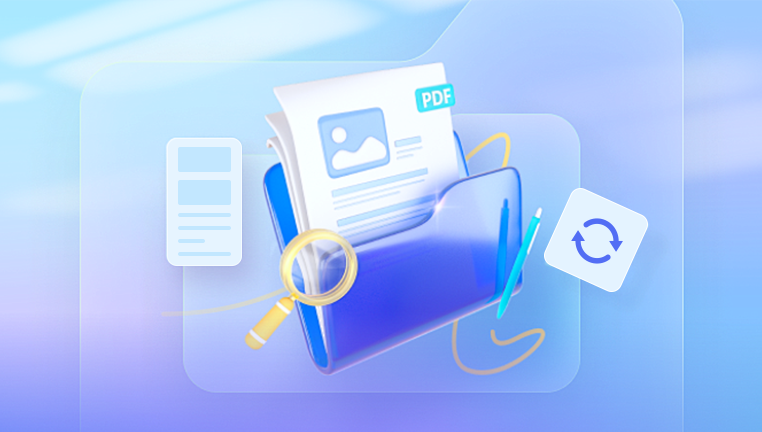Transferring Outlook files to a new computer involves several steps to ensure that your email, contacts, calendar, and other important data are successfully migrated.
1. Outlook files
When upgrading to a new computer or reinstalling your operating system, it’s crucial to migrate your Outlook files to ensure continuity in your communication and scheduling. Outlook stores its data in Personal Storage Table (PST) files, and you’ll need to transfer these files to maintain access to your emails, contacts, and calendar entries.
2. Backup Your Current Outlook Data
Before transferring your Outlook files, it’s essential to back up your data to prevent any potential loss.
Open Outlook: Launch your Outlook application on your old computer.
Navigate to File: Go to the ‘File’ menu at the top-left corner.
Account Settings: Click on ‘Account Settings,’ then select ‘Account Settings’ again from the drop-down menu.
Data Files: Go to the ‘Data Files’ tab. This will show you the location of your PST files.
Backup PST Files: Note the location of your PST files, and use Windows File Explorer to copy these files to an external storage device (e.g., USB drive, external hard drive). The default location for PST files is usually C:\Users\[YourUsername]\AppData\Local\Microsoft\Outlook.

3. Prepare Your New Computer
Ensure that your new computer has Outlook installed before you start transferring your files.
Install Outlook: If Outlook isn’t already installed, you’ll need to install it. You can download it from the Microsoft website or install it from an Office installation disc or setup file.
Update Outlook: Make sure that Outlook is updated to the latest version to avoid compatibility issues.
4. Transfer PST Files to the New Computer
Connect External Storage: Plug in the external storage device that contains your PST files into the new computer.
Locate PST Files: Use Windows File Explorer to find the PST files on your external storage.
Copy PST Files: Copy these files to a location on your new computer, such as the Desktop or Documents folder.
5. Import PST Files into Outlook on the New Computer
Open Outlook: Launch Outlook on your new computer.
Navigate to File: Go to the ‘File’ menu.
Open & Export: Select ‘Open & Export’ from the menu options.
Import/Export: Click on ‘Import/Export.’ This will open the Import and Export Wizard.
Import from Another Program or File: Choose ‘Import from another program or file’ and click ‘Next.’
Outlook Data File (.pst): Select ‘Outlook Data File (.pst)’ and click ‘Next.’
Browse to PST File: Click ‘Browse’ and navigate to the location where you copied your PST files. Select the PST file you want to import and click ‘Open.’
Choose Options: Choose the options for how to handle duplicates (e.g., replace duplicates with items imported, allow duplicates, or do not import duplicates).
Select Destination: Choose where you want to import the data (e.g., into your existing Outlook data file or create a new one). Click ‘Finish.’
6. Verify Data Transfer
Check Emails: Ensure that your emails are present in your Inbox, Sent Items, and other folders.
Review Contacts: Verify that your contacts are available in the Contacts section.
Check Calendar: Confirm that your calendar entries are correctly displayed.
7. Troubleshooting
Outlook Not Opening PST File: If Outlook is unable to open your PST file, it might be corrupted. Use the Inbox Repair Tool (scanpst.exe) to repair the PST file.
Locate scanpst.exe: This tool is typically found in the Office installation directory.
Run scanpst.exe: Open it and follow the instructions to repair your PST file.
Outlook Profile Issues: If you face issues with your Outlook profile, consider creating a new profile and importing the PST file into it.
Create New Profile: Go to Control Panel > Mail > Show Profiles > Add. Follow the prompts to create a new profile.
Import PST File: Once the new profile is created, follow the import steps as outlined above.
8. Alternative Methods
Using Office 365 or Exchange: If you’re using Office 365 or an Exchange server, your emails and data might be stored on the server. You can simply configure your Outlook account on the new computer to sync your data.
Use of Third-Party Tools: Several third-party tools can assist with transferring Outlook data, particularly if you encounter issues with PST files or need to migrate from different email systems.
9. Additional Considerations
Email Rules and Signatures: Email rules and signatures are not included in the PST file. You’ll need to reconfigure these settings manually on your new computer.
Add-ins and Customizations: Reinstall any Outlook add-ins and reapply customizations or settings that you had on your old computer.
Transferring Outlook files to a new computer involves backing up your PST files, transferring them to the new system, and importing them into Outlook. By following these detailed steps, you can ensure a smooth transition with minimal disruption to your email and scheduling activities. Always remember to back up your data before performing any major migration or upgrade.
About us and this blog
Panda Assistant is built on the latest data recovery algorithms, ensuring that no file is too damaged, too lost, or too corrupted to be recovered.
Request a free quote
We believe that data recovery shouldn’t be a daunting task. That’s why we’ve designed Panda Assistant to be as easy to use as it is powerful. With a few clicks, you can initiate a scan, preview recoverable files, and restore your data all within a matter of minutes.
Subscribe to our newsletter!
More from our blog
See all postsRecent Posts
- How to recover a deleted slide in powerpoint? 2025-02-27
- How to recover deleted capcut videos? 2025-02-27
- How to recover a file deleted from a shared drive? 2025-02-27










